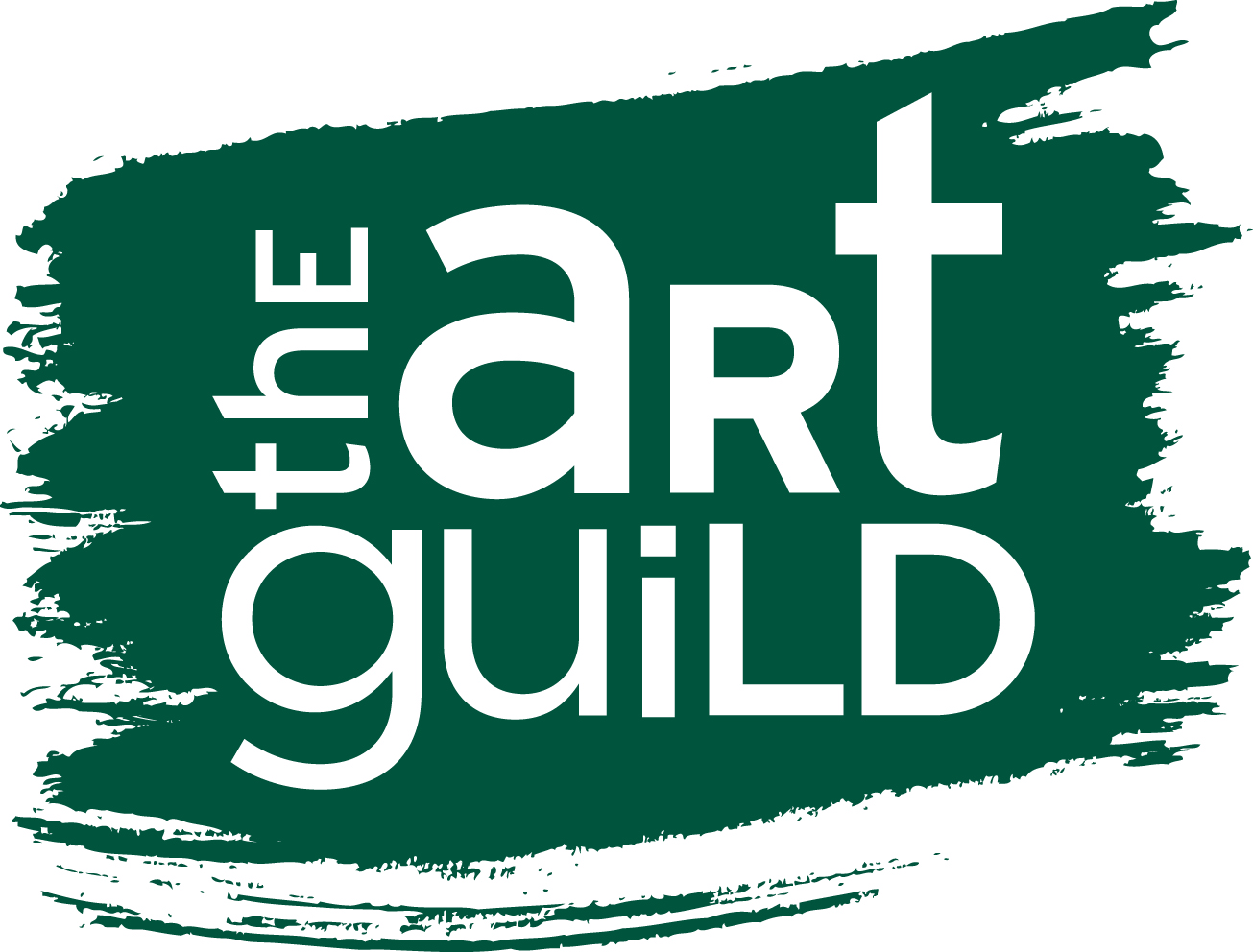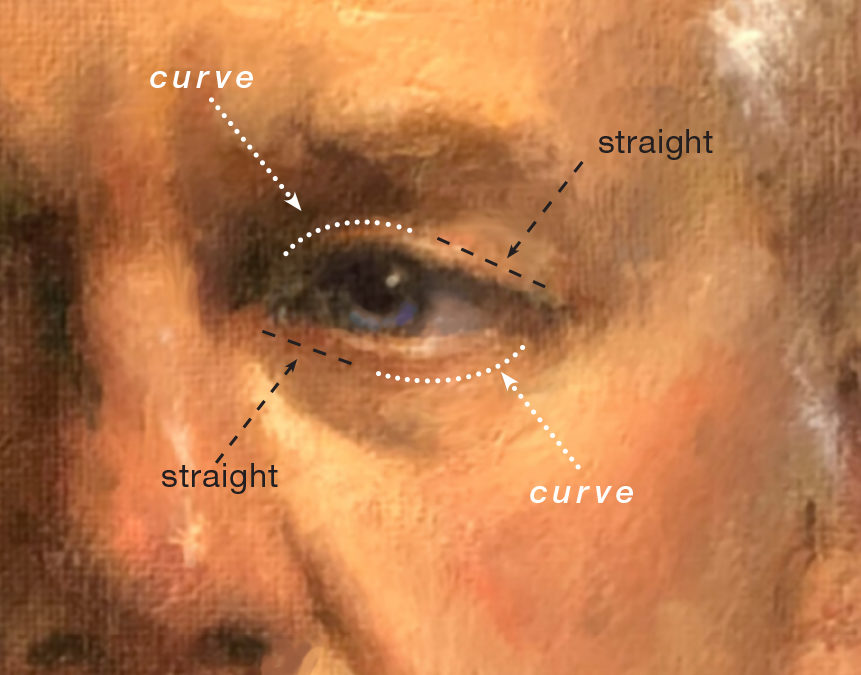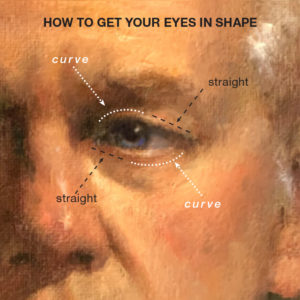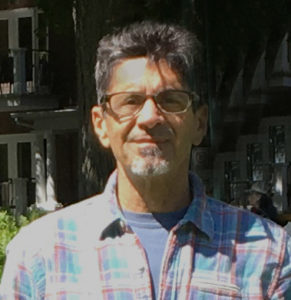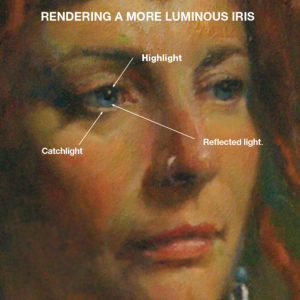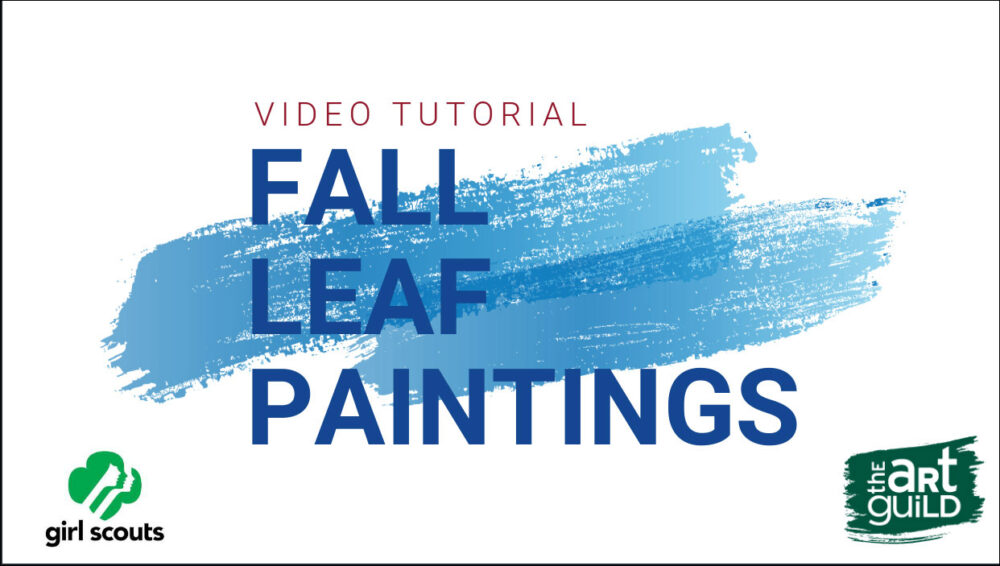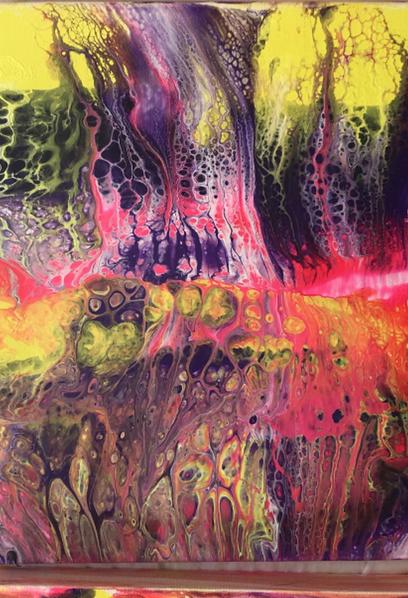
The Great Rainbow Hunt: A Community Project
The Great Rainbow Hunt
Community
Download a flyer here: TAG Rainbow Hunt
We saw this idea on Facebook and thought it would be perfect for students, parents, artists & seniors!
Have a neighborhood-wide rainbow 🌈 hunt!
- Using any supplies that you have on hand, create a rainbow with your children or on your own.
- Hang the rainbow up somewhere visible from your front yard
– Front door or window
– Mailbox
– On a yard sign
– On a tree
– Anywhere passersby can see!
3. Tell your friends & neighbors what you’re doing! Share a photo of your rainbow and information about the Rainbow Hunt on your social media or post a note somewhere visible. The more rainbows, the more fun!
4. Go for a Walk starting the week of 3/21 and count how many rainbows you see. The number might change each week! Keep your distance!
5. Tell us what you find on our FB (@TheArtGuild) & IG (@artguildpw)
To participate, all you have to do is put a rainbow in your window, on your door or in your front yard. You can print it, color it, or go all out and create a masterpiece. Whatever you want!
Tell your friends & neighbors what you’re doing by including a note somewhere visible and by posting on social media.
Beginning 3/21, get outside, walk around and see how many rainbows you can find!
Then let’s watch and see how many more rainbows start popping up!
#artapart
